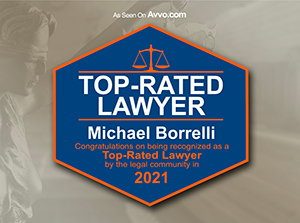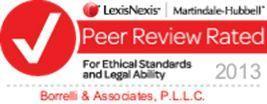Earlier this week, on Monday, June 24, 2013, the Supreme Court redefined what constitutes a “supervisor” in order for an employer to be vicariously liable under Title VII of the Civil Rights Act of 1964, as amended (“Title VII”) in Vance v. Ball State University, 570 US 1-30 (2013). Vicarious liability is a legal principle under the common law doctrine of agency, respondeat superior, and often arises in the context of employers and employees. Employers may be vicariously liable for the acts of their employees under the theory that employees are “agents” of their employers when such employees are engaging in acts related to their employment.
Under Title VII, an employer’s liability for workplace harassment may depend on what job position the harasser holds. If the harasser is the victim’s co-worker, the employer is liable only if the employer acted negligently in controlling the working conditions. However, if the harasser is a supervisor, different rules apply and the holding in Vance affects the definition of what constitutes a “supervisor.”
If a supervisor harasses an employee and that harassment leads to an actual, tangible adverse employment action, then the employer is strictly liable. Tangible employment action is defined “hiring, firing, failing to promote, reassignment with significantly different responsibilities, or a decision causing a significant change in benefits. Burlington Industries, Inc. v. Ellerth, 524 U.S. 742, 761. If there is no tangible employment action, then the employer is not liable if they prove that (1) the employer exercised reasonable care to prevent and correct any harassing behavior and (2) that the plaintiff unreasonably failed to take advantage of the preventive or corrective opportunities that the employer provided. Faragher v. Boca Raton, 524 U.S. 775, 807; Ellerth, supra, at 765.
In Vance, Ms. Vance, an African American woman, worked as a server in the University Banquet and Catering division of Dining Services of Ball University. In 1991, she was promoted as a part-time catering assistant, and in 2007, she was selected for a position as a full-time catering assistant. Ms. Vance made numerous complaints of being subjected to a hostile work environment on the basis of her race and retaliation and specifically alleged that the catering specialist, Saundra Davis, a white woman, was harassing her because of her race. It was not disputed that Davis did not have the power to hire, fire, promote, demote, transfer or discipline Vance.
The Supreme Court reached the conclusion as to what the definition of “supervisor” should be for purposes under Title VII because such a common word has different meanings in colloquial use, use under the law, and as defined by the EEOC. Vance, 570 U.S. 1, 9 (2013). The Court urged that a standardized definition would promote judicial efficacy as well as serve the more modern hierarchies of businesses, since the new definition would help discern an alleged harasser’s supervisory status before or very soon after litigation commences and the definition takes into account that many businesses today have abandoned the older-fashioned hierarchial management structure. Id. at 11. The Court criticized that the EEOC definition of “supervisor” as too ambiguous and impeding the resolution of whether the alleged harasser was a supervisor to be a difficult and triable issue of fact. Id. at 20-1. Therefore, it was expressly decided that a true supervisor is one who has the authority to take tangible employment actions against the victim, and the ability to direct another employee’s tasks is not sufficient to be considered a supervisor. Id. at 2, 9, 30.
While this may cause worry that employees would be unprotected against harassment by co-workers who have some authority to assign work duties, the court notes that a victim may still have a claim by showing that the employer was negligent in permitting the harassment to occur and assessing the nature and degree of authority the harasser had. Vance, 570 U.S. 1, 18-25.
Justice Ruth Ginsburg wrote a fierce dissent in which Justices Breyer, Sotomayor and Kagan joined, arguing that the ruling is too narrow a definition that was, “blind to the realities of the workplace,” and undermines Congress’ desire for protecting against workplace discrimination. Vance, 570 US 1, 5 (2013) (5-4 decision) (Ginsburg, R., dissenting). The last words of the dissent reads: “The ball is once again in Congress’ court to correct the error into which this Court has fallen.” Id. at 22.




















